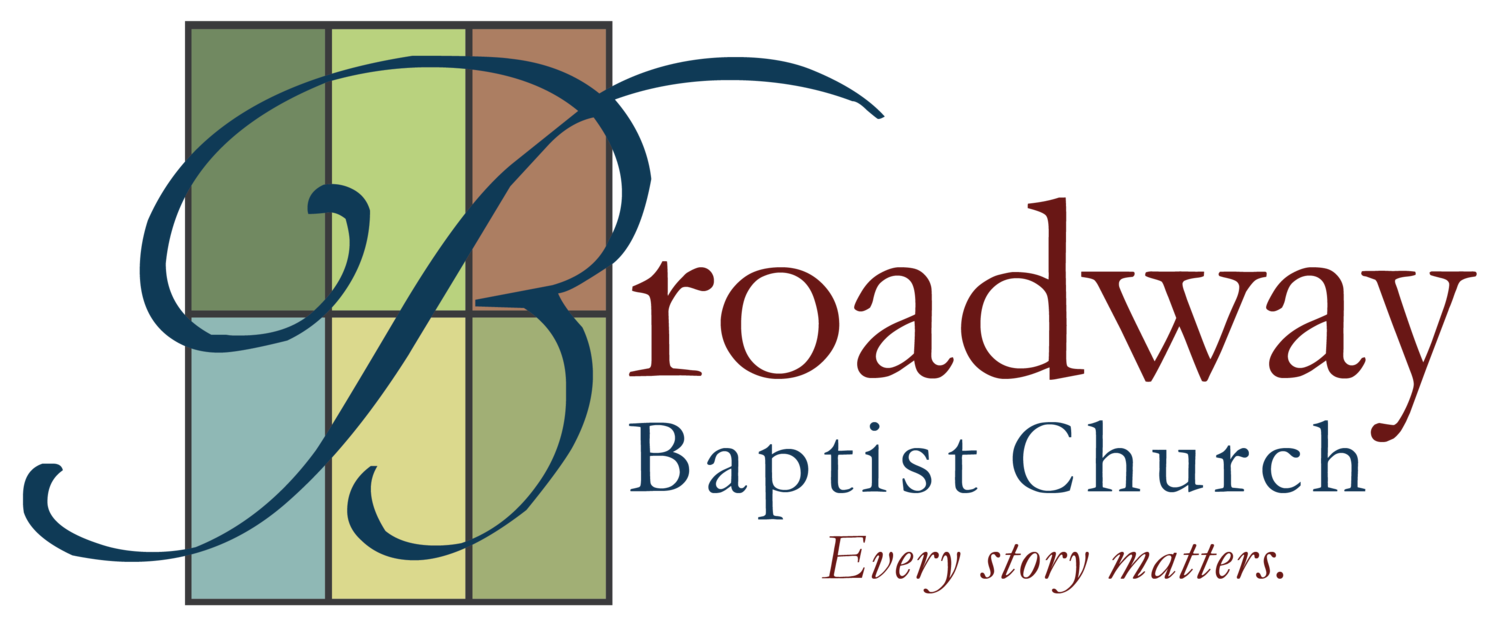I was once frightened by a paper cup. Heart racing, freaking out, Oh-My-Goodness frightened.
I thought maybe it was about to kill me. How so? I was swimming in open water, and as I raised my head slightly to breathe, the cup was right in front of my face. From my perspective, it looked very much like the bow of a boat.
So it is with ordination. (Yes, I just went from paper cups to ordination.) From one perspective, it’s a clear example of maintaining an ancient tradition. We were doing the same thing they did in the New Testament the day we laid hands on Right Rev. Chris Liles. But from another perspective, we were embracing what was a radical Baptist practice a mere few hundred years ago.
Allow me to explain. In large swaths of our country, you can’t swing a broom without hitting a Baptist or a Methodist. Why so, when there aren’t that many Baptists or Methodists in Europe? Well, on the American frontier, establishment churches (Anglicans, Catholics, for example) had a hard time supplying pastors to small rural congregations. Methodists adapted to this reality with the “circuit rider” model of pastors serving multiple churches. Baptists adapted by drafting farmers to do what used to be done by seminary trained clergy. (Brown University, for example, started out as a school for Baptist clergy.) Instead of writing back to Virginia or Pennsylvania for a minister, they just said, “Hey, Pete, you pray pretty good. How ‘bout we ordain you to be our pastor?”
Even today, Baptists practice a very grassroots version of ordination. There is no long process, no “sanctioning body” outside the church. A church convenes a council just like we did, and they question the person wanting to be a minister. If they pass this informal test, they are ordained.
Thanks be to God for rich traditions and for flexible spirits. Churches aren’t worth much unless they possess both!
~Chris Caldwell

